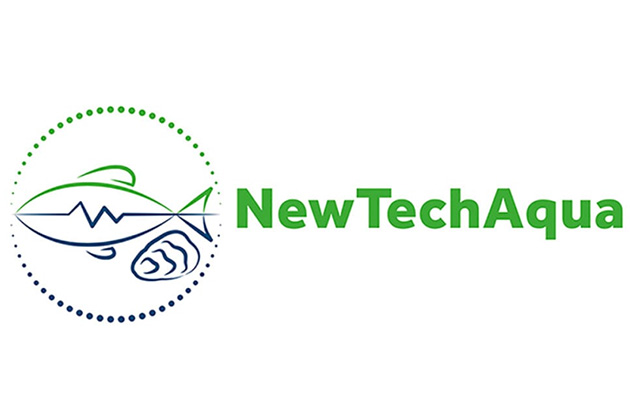The most promising new feed ingredients for farmed fish are found at the very bottom of the food chain. This includes microalgae.
Pioneer: Breeding potential
In order to grow, algae require light, temperature and nutrients. However, growth is also affected by algae genes. Therefore, scientists tested whether it is possible to breed microalgae as one does with farmed fish: When crossing individuals or genera that produce high yields, the next generation produces higher yields than the previous one, and so on.
“We wanted to know whether breeding can contribute to faster growth and increased omega-3 content. The initial trials we carried out yielded very promising results,” says Nofima Senior Scientist Marie Lillehammer.
They are probably the first to calculate genetic variation in microalgae.
Many microalgae reproduce vegetatively. Therefore, the scientists chose the species Seminavis robusta – a well-studied alga that has sexual reproduction. Eight lines of the species were crossed with each other in one generation and tested in the breeding trial.
25 percent increase in one generation
Although the species is not very relevant as a feed resource, the trial showed that 18% of omega-3 production in the algae is determined by the genes (heritability). Breeding gives an 8.8% increase of omega-3 in one generation.
Growth percentages were even higher. With a 50% heritability, the microalgae grows 25% faster per generation; in theory, a ninefold increase per year, given ten generations in one year.
“It may be that inbreeding and physiological limitations would halt growth over generations, or growth would have side effects. However, the trial shows that breeding should be explored further if microalgae is to become an important feed ingredient for European aquaculture,” says Lillehammer.
The research is part of the project NewTechAqua, which is financed by the EU through Horizon 2020, and runs in collaboration with Universidad de Las Palmas and Ghent University.
In this project we test and develop new solutions for European aquaculture.
Contact person
Senior Scientist
+47 64 97 04 05
Originally published on 14 December by Nofima.
Announcements are published as a service to readers. The sender is responsible for all content.
Announcements for publication can be submitted to pr***********@ar**************.com.


